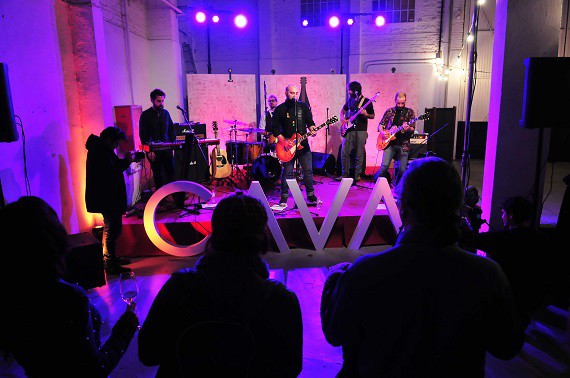Bonet defended the launch by saying: “Prosecco is easy to ask for, easy to buy and easy to drink. Prosecco costs €3, premium cava is €20, champagne €32. Premium cava is €50-plus and Cava de Paraje is more expensive than most premium champagnes.”
Simply asked ‘Why cava?’, Pere Ventura, president of Pere Ventura, responds: “The brand ‘cava’ is well known around the world as a good product at an accessible price. Cava is a strong appellation with an important number of bottles produced, 240m, probably the largest appellation in volume. It has a group of prestigious companies recognised worldwide who join their efforts, despite having different views, all of which deserve maximum respect. Working together is the key to success and the Consejo Regulador is crucial to this cohesion.”
Ventura’s wife, Mireia Juvé (no relation to Juvé & Camps), tells DI that he pioneered exporting cava. Her husband’s great grandfather worked for Codorníu. She says the challenge for the company now is to promote its wines in its own backyard, Barcelona in particular with its burgeoning tourism. It has submitted one of its wines, its Gran Vintage Brut 2014, for the Paraje Califcado and awaits certification.
Damià Deas, chief executive of Vilarnau, in praising the work of the consejo over the last four years (Bonet’s tenure as president), highlights the importance of cava’s ageing and that so many producers are organic. He feels that is crucial to elevating cava’s image.
Vilarnau’s Els Capricis is worth a mention. Made only from Xarel·lo grapes, a variety native to Penedés, the wine is fermented in 250 litre barrels that are made by hand by a local cooper, using chestnut wood from the Montseny forests to the north of Barcelona. Vilarnau says in working this way it has revived the tradi-tional method of ageing white wine, and Xarel-lo in particular, practised in the masÍas (estates) of Catalonia for centuries.
Deas goes on to express concern that some of the other cava regions, Extremadura (Almendralejo) and Valencia (Requena), are expanding their cava production and that could be detrimental to what the DO and specifically Penedés (see panel) is doing to concentrate on and promote quality cavas (Reserva and above).
Alta Alella has two Paraje wines, its Mirgin Exeo 2013 and its Mirgin Opus 2013 gets its classification next month (March).
It boasts being the closest winery to Barcelona and in the smallest DO in Spain – Alella (300 a), family-run and organically farmed in the Serralada de Marina’s national park.
The vineyards it used for the qualified Cava de Paraje comprise:
0,2688ha of Pansa Blanca (Xarel·lo) variety, with a south east orientation
0,8927ha of Chardonnay, also with a south east orientation, both located 90m above sea level
Its production yields are always below 6.000kg/ha. The company limits and restricts the use of sulphites.
Mireia Pujol-Busquets, biologist, winemaker and daughter of the owner tells DI: “Cava de Paraje is THE opportunity. We are really happy. The Consejo has done an amazing job. With the fashion for bubbles, we have that opportunity. Also we are selling more rosé than ever.
“Prosecco is not our segment. Our target is to get people to understand our philosophy: place, terroir, grapes, vintage. I think people are becoming more open minded (to cava).”
SUMMARY




